How to Rent an RV in 2024: RV Rental Tips for Beginners
One of the best ways to travel in 2024 is RV camping. So you might be wondering how to rent an RV for the first time.
It’s not as simple as renting a car, but renting a motorhome or travel trailer doesn’t have to be overwhelming. This list of RV rental tips for beginners will help you avoid newbie mistakes when planning an RV vacation.
Why is RVing a smart way to travel right now?
Camping in an RV allows you to social distance and minimize exposure to crowds in public places. With your own kitchen, you have control over what comes in and out of your space, just like at home. And with your own bathroom facilities, you can take a road trip without using public restrooms.
You can use an RV trip to reach a destination without crowds at the airport. Or you can take a staycation near home, enjoying a change of scenery and routine after lock downs lift.
Disclosure: This post contains affiliate links. That means if you make a purchase through one of our links, we may receive a small commission, at no additional cost to you.
Table of Contents
How much does an RV rental cost?
What does it cost to rent an RV for a week? Will an RV rental cost less than a hotel? We had the same questions.
If you’re comparing with hotel costs for two people, it can end up being similar, if not more expensive to RV. However, camping in an RV still provides more autonomy away from crowds, closeness to nature, and the ability to change destinations in the comfort of a “home.”
In our area, most rentals on Outdoorsy start at $100 per night. Larger, fancy motorhomes can be closer to $300 per night.
There are often discounts for weekly rentals, so a one week RV rental would cost at least $650.
Of course, these rental costs are not per person, so renting a motorhome may be more economical for a family than for a couple. You could even pitch a tent for additional sleeping arrangements if there aren’t enough beds in the rig.
How do I find an RV rental near me?
There are a number of popular RV rental companies in the U.S. where you can rent motorhomes, campervans, and travel trailers.
We particularly like the sharing economy model. Outdoorsy and RV Share operate like Airbnb for RV owners.
Since we’re more familiar with Outdoorsy, we’ll cover how to use their RV rental service as an example.
Browse and book RVs, motorhomes, trailers, and campervans on Outdoorsy here
How Outdoorsy Works
Again, Outdoorsy is much like Airbnb. RV owners take pictures of their rig, describe their RV, and list out the available amenities on the Outdoorsy site. Once their listing is posted, renters can submit a rental request for specific dates.
In order to qualify for Outdoorsy’s episodic insurance protection, renters must complete a driver and identity verification process. Once the renter completes this process and accepts the owner’s confirmation of their rental, the renter pays a deposit to hold the rental.
14 days prior to the departure date, the remainder of the rental value is collected, and 48 hours prior to departure the security deposit is held. The security deposit is set by the owner.
The renter is covered by the individual Outdoorsy protection package they selected from the moment they embark to the moment they return.
When the renter arrives to pick up the rig (or has it delivered) the owner will go through an RV orientation with the renter to ensure they understand the RV operations.
Once the rental is complete, the renter and owner will go through a final inspection together. Assuming everything checks out, the owner will release the security deposit back to the renter via the Outdoorsy Owner app.
Benefits of renting an RV on Outdoorsy:
- Access to 40,000 unique listings of RVs, vans, and trailers (available in the United States, Canada, the UK, Germany, Italy, France, Spain, Australia and New Zealand)
- Easy to use website
- Cheaper to rent than traditional RV rental companies and dealerships
- Simple and secure booking process and money transfer
- Industry-leading protection packages through Lloyds of London and Liberty Mutual
- 24/7 customer service has been rated best in the industry
- Roadside assistance
Things to know before renting through Outdoorsy:
- Rigs and rental experiences vary because it’s peer-to-peer
- Renters are required to pay for on-site repairs and parts during the rental period
- Extra “add-on” costs may be added to your total cost (tank dumping, linens, delivery)
First hand: What is renting on Outdoorsy like?
Barry Benton of thevirtualcampground.com and Jake Wood of rvcoders.com both shared their experiences renting through Outdoorsy with us. Both were considering moving into an RV full-time with their significant others. They each wanted to test out RV life, so they decided to rent one first.
Here’s what each of them had to say:
Barry’s RV rental experience
“I had a meeting with a client in Austin, TX and then the RV Entrepreneur Summit in Fredericksburg, TX so we rented a small trailer to pull behind our Jeep. I drove down for my meeting and then Debra joined me a day or two later and we headed to the summit.
How was the booking process? Easy-peasy. Most have good photos and it’s an easy process to search for trailers and motor coaches. I was surprised that there were so many options…everything from tiny bumper pull trailers to very large Class A diesel pushers.
First-time renters should get very familiar with the insurance that Outdoorsy provides and ask their insurance carrier if they would be covered during the rental. I can’t recall all the details of their insurance coverage but, as you know, even small mishaps in an RV can be costly to repair.
Yes, Outdoorsy (and RV Share) are great options for rentals. Highly recommend both.”
Jake’s RV rental experience
“[The Outdoorsy booking process] was very straightforward, I don’t remember it being any more complicated than booking an Airbnb or a rental car. There was a hefty security deposit ($500, I think for ours, and I expect they could be even higher) that was collected a couple days before the rental started, but there were no “gotchas” or anything out of the ordinary.
We rented a Class A, which is the most expensive type of RV to rent. We didn’t own a vehicle capable of pulling anything, so we couldn’t rent a trailer, which are generally cheaper… The rental did not include a tow dolly or anything to tow a car behind us. We basically had to use the RV to do everything. We brought our bikes, but the area we wound up going to was not very bike-friendly.
That said, it certainly is more affordable to rent an RV than to own one if you only plan to camp 1 or 2 times / year. Any more than that, and I think you’d be better off just buying your own unit, depending on your local rental market, storage costs, etc.”
Jake said that the unit they got did have some problems with the toilet and the slides. They were able to resolve these issues, but note that the risk of these types of hiccups may not be worth it for vacationers.
Essential Rental Tips For First Time RV Renters
Choosing the Best RV Rental for Your Trip
The first thing to decide when renting an RV is what type and size of RV would be best. This depends on:
– How many people will be camping in the rig with you
– What kind of cooking you want to do
– How big of a rig you are comfortable driving
– What amenities you want (bathroom, indoor kitchen, storage space, air conditioning)
– If you will be roughing it or going off grid
There are three main types of RVs:
Class A motorhomes are built like a charter bus. Length = 21-40 feet.
Class B motorhomes are built like a utility van. Length = 16-22 feet.
Class C motorhomes have a front cab like Uhaul. Length = 21-35 feet.
Trailers must be towed by another vehicle. These include large fifth-wheels and toy haulers as well as lighter-weight tear drop trailers and pop up campers.
Driving a large rig can be intimidating for beginners. For this reason, a Class B or Class C that’s under 25 feet might be best if you’re worried about driving and maneuvering.
If you’ll be staying at an RV resort with full hookups and amenities, you don’t need to worry much about your rig’s amenities. However, different campgrounds vary in access to water, electric hookups, bathrooms, showers, outdoor cooking facilities, and supplies.
If you won’t have hookups, be sure to choose an RV that has a large black tank.
Questions to answer before choosing an RV rental
If anything isn’t clear on the listing page, be sure to ask the owner. Keep all your communications within the Outdoorsy platform so that customer service can assist you if you run into any issues.
– How many miles are included in the rental?
– What amenities are included/excluded in the price?
– Are linens included or do you need to bring your own bedding and towels?
– When was the RV last serviced or is it due for its next service soon?
– Does the rental include roadside assistance?
– What are the dimensions of the RV? (This may restrict you from accessing certain roads and campgrounds)
Questions to ask the RV owner before driving off
When you pick up your campervan or trailer, it’s important to take time with the owner to understand how everything works.
– When were the tires last checked? What should the tire pressure be and how can it be checked?
– What type of fuel does the RV need?
– How do I connect to water, electricity, and sewer (if applicable) at a campsite?
– Where is the proof of insurance and owner’s manual kept for the vehicle?
– Who should be called if there are any issues?
– What needs to be done to get the security deposit returned after the rental?
Planning your RV road trip route
Having a general idea of where you want to go will help in selecting the right RV type for your rental. Remember, if you rent a larger rig, driving long distances will likely feel more cumbersome than driving in a car.
By limiting your driving time each day, you’ll be more likely to enjoy the whole experience.
Remember, too, that some roads have height restrictions. You can use the CoPilot app which was built for RV navigation. It calculates your route according to your vehicle size and class (height, weight and length), to prevent any dangerous or costly run-ins with low bridges or propane-restricted tunnels. It also helps you find nearby campgrounds, gas stations, and more. Plus it works offline.
We have some advice on how to plan a road trip with Pinterest and Google Maps. Another handy tool to build a road trip itinerary is Roadtrippers.
Some of our favorite road trips have been visiting the National Parks. But when the Parks get too crowded, you may wish to find more off the beaten path road trip destinations.
Estimate your road trip gas costs
Once you have a route mapped out, you have an estimate of your total driving distance.
Next, a quick google search will tell you the average mpg (miles per galon) for the model of RV you’re renting.
With that, you can calculate an estimated gas cost for your trip with this formula:
Total driving distance (miles) ÷ RV’s mpg = number of gallons of gas you’ll need
Number of gallons X average gas price = total gas budget
Research campgrounds
In summer, booking reservations well in advance is wise, as popular campsites tend to fill up.
Be sure to check that the campsites can accommodate the type and size of rig you’re renting. “Pull through” RV sites are easier to park in than sites where you have to back in.
Unless you’re equipped with a large black tank, water, and generator or solar power, you’ll probably want a campsite with hookups.
Dry hookups provide a power source for the camper, but no water or sewer.
Partial hookups refers to electricity and water.
Full hookups includes water, electricity, and sewer hookup.
If you’re equipped to camp off-grid, be sure you understand “leave no trace” camping and prepare for your water, power, and waste needs.
Here are some places to look for campsites:
Campendium – Resource for finding free campsites in the US.
Harvest Hosts – Camping at wineries, breweries, and farms.
Recreation.gov – Campsites across the USA
Practice driving the RV
If you’re not used to driving a large vehicle, take it slow. Give yourself some extra time when you first get in the RV and find a safe, low-traffic place to practice turning and parking.
Outdoorsy is like Airbnb for RVs. It’s where RV owners rent out their RVs when they’re not using them.
If you’ve always wanted to try out a motorhome, or want to upgrade your National Parks road trip with a cute Airstream, consider renting through Outdoorsy. Their customer service and reviews have outranked the other top RV rental companies. You can search listings by vehicle type and location. Some owners will even deliver the motorhome to your door!
Browse and book RVs, motorhomes, trailers, and campervans on Outdoorsy here
*Take $50 off your Outdoorsy rental with coupon code: intentional
You might also like:
Essential Camping Road Trip Packing List
Top Budget Travel Tips for Nomads in the U.S.
How much does it cost to visit all 50 States?


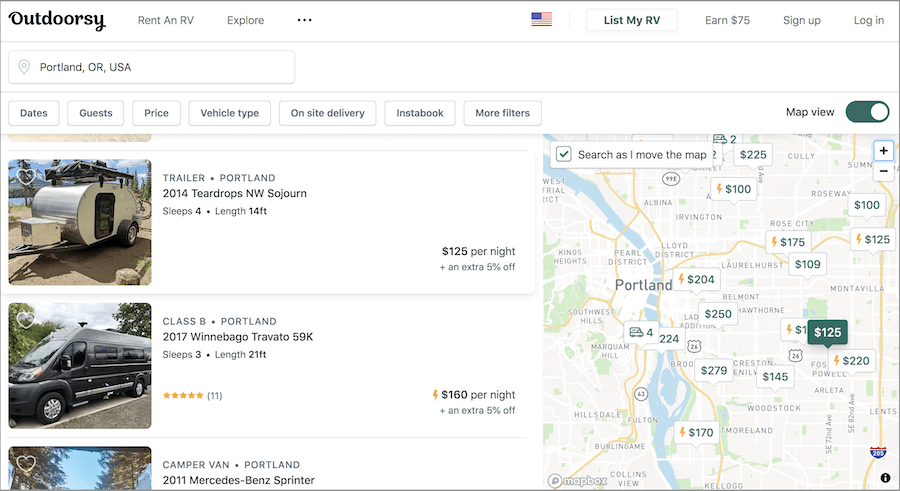
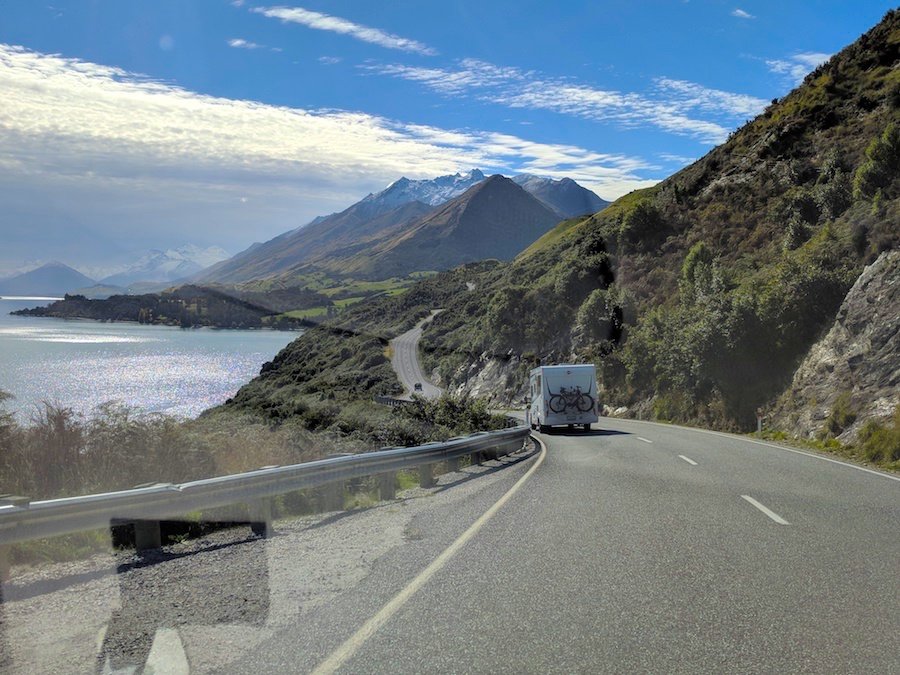
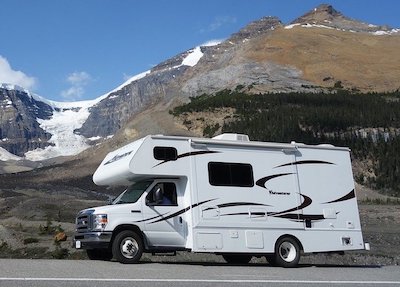
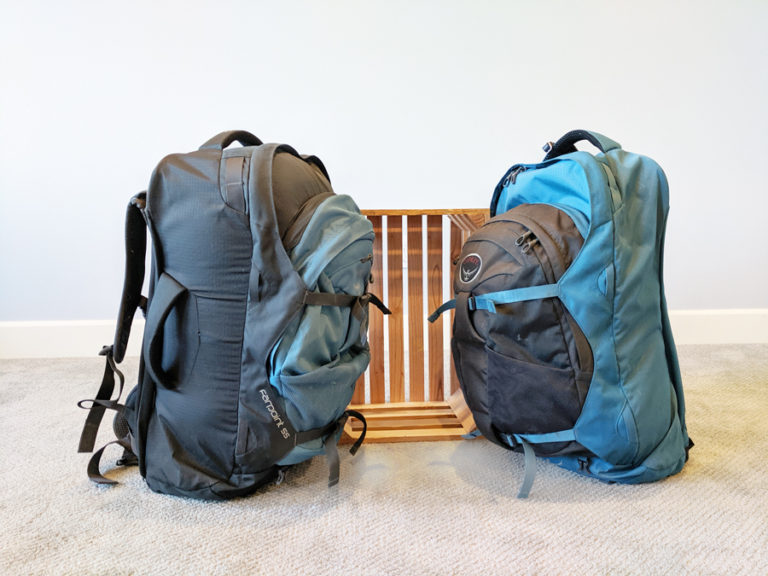




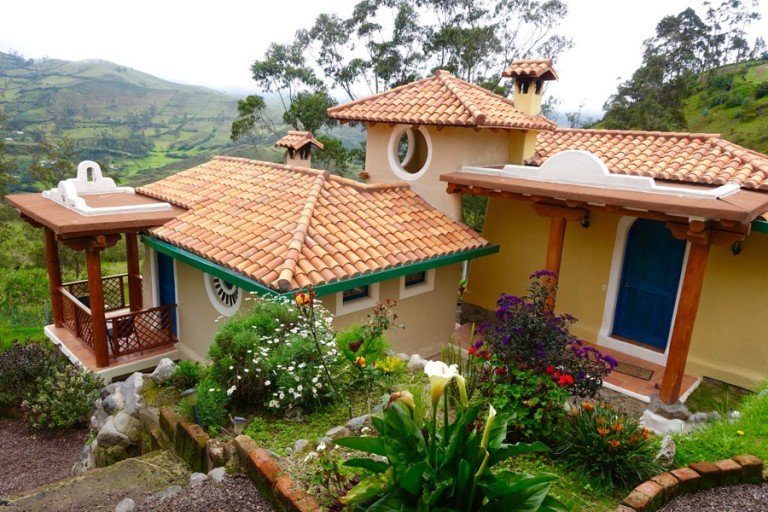
I liked how you said that you need to consider how many people will be camping with you so you get the right type of RV and the right size. We’re thinking about taking the whole family with us on our road trip this summer. We’ll be sure to keep that in mind when we start considering different RVs to rent.